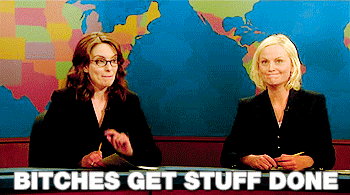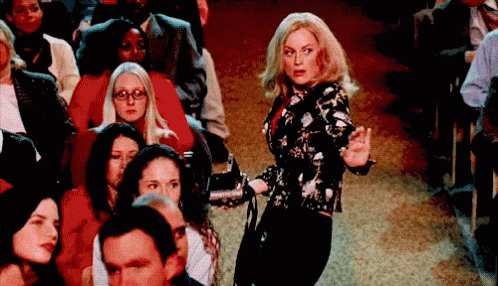For my multimodal project, I created a "look book" of five American folk songs that are sexist and thus difficult to teach. My project was heavily inspired by my Week 6 blog post, "Anti-Feminist Folk Songs." In my reflective essay, I provided suggestions for how to teach these problematic songs, which included simply not teaching them at all, and discussed the implications that teaching these songs may have on young students. In addition, I analyzed the sexism in each of the five songs and cited the value of folk tradition as part of the argument to teach them, albeit with caution and open discussion, to children.
My thesis was, "This reflective essay will discuss the misogynistic implications of five American folk songs, highlighting some of their sexist, underlying messages, and include suggestions for how to still appreciate and teach these kinds of problematic songs to young children" (Palmer 1-2).
The title and cover of my look book was inspired by the songbook that I selected these folk songs from. 150 American Folk Songs is a text that we were required to purchase for my General Pedagogy course (The Art of Teaching Elementary School Music, basically) and use in many of our lesson plans. Thus, our professor highly recommends teaching these songs, essentially suggesting that they are "wonderful pedagogic tools" and ignoring their issues.
Here is the cover for this problematic songbook.
And this is the cover for my look book inspired by it.
*Disclaimer: I do not have much in the way of art supplies at my current hideout (AKA my sad apartment), so please excuse the horrid plainness and the staples. :)
interesting rhythmic passages= just a fancy way to say there are hard rhythms in these songs
more culturally diverse origin= an Afro-American game song
What I did:
I already discussed my process briefly, but I first selected five folk songs that carried underlying sexist messages. Then, I wrote a paragraph for each song analyzing the sexism in them. Finishing out my reflective essay, I mentioned the possible implications teaching these songs could have on young children and how to avoid the perpetuation of outdated ideals, which included either not teaching the songs or having an open discussion about them with the students before teaching. I used the value of folk tradition as a reason to teach these songs but still strongly suggested that they should be taught cautiously. By doing so, I reinforced my thesis for the reflective portion of my essay. Of course, I completed the entire project by then assembling the look book.
"So what?":
So, my project is important, as the education of our children is incredibly important. Young students absorb information like sponges, so we, as educators and parents, have to be very careful about what our students are being taught and how. While folk tradition is something that should be appreciated, it needs to be accompanied with a thoughtful discussion so that we can avoid the perpetuation of sexism as much as possible. Personally, this project has helped me learn to value these problematic folk songs, even though I really did not want to, and think about the most beneficial way to teach them to students. It was not an easy feat, especially considering songs like the last one, but I came to the conclusion that it is still possible to teach them in a constructive way without furthering their sexist beliefs in the minds of children. If we can lessen the stereotypes and offensive ideas children learn as they grow up, even a little, then we should do everything in our power to. We may not want to put in the extra effort of teaching our students this way, with open discussions and caution, but we should.
That’s what.
Works Cited
Palmer, Sophie. "HNRS Reflective Essay- Major Project." 2020, p. 1-2.
Erdei, Peter, and Katalin Komlos, editors. 150 American Folk Songs to Sing, Read and Play. New York, NY: Boosey & Hawkes, 1974, pp. 7-82.

















